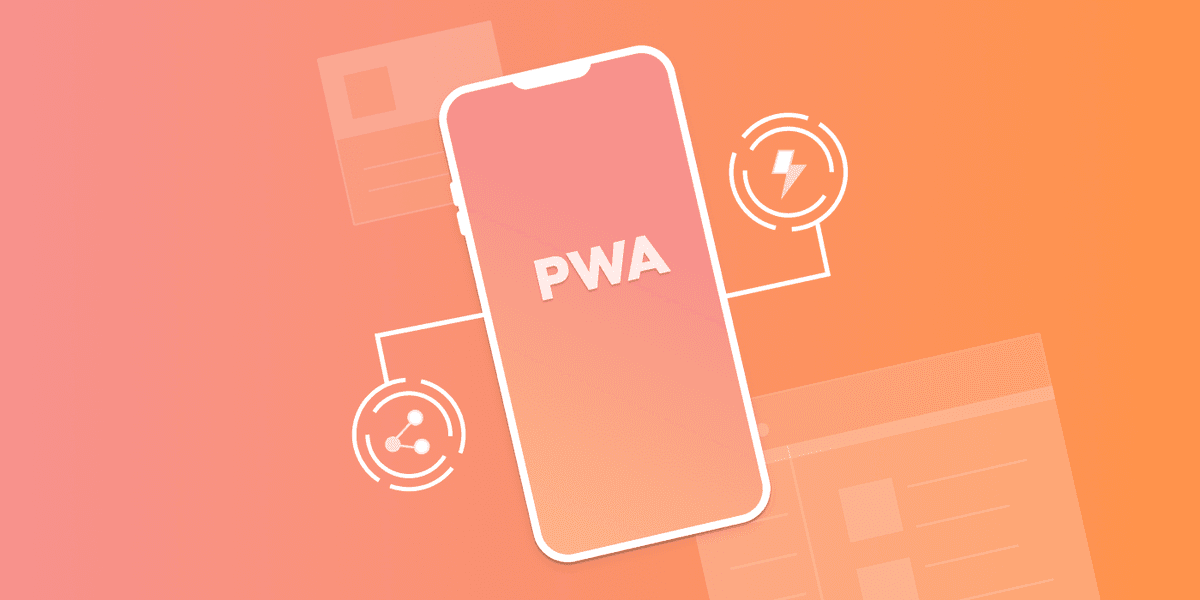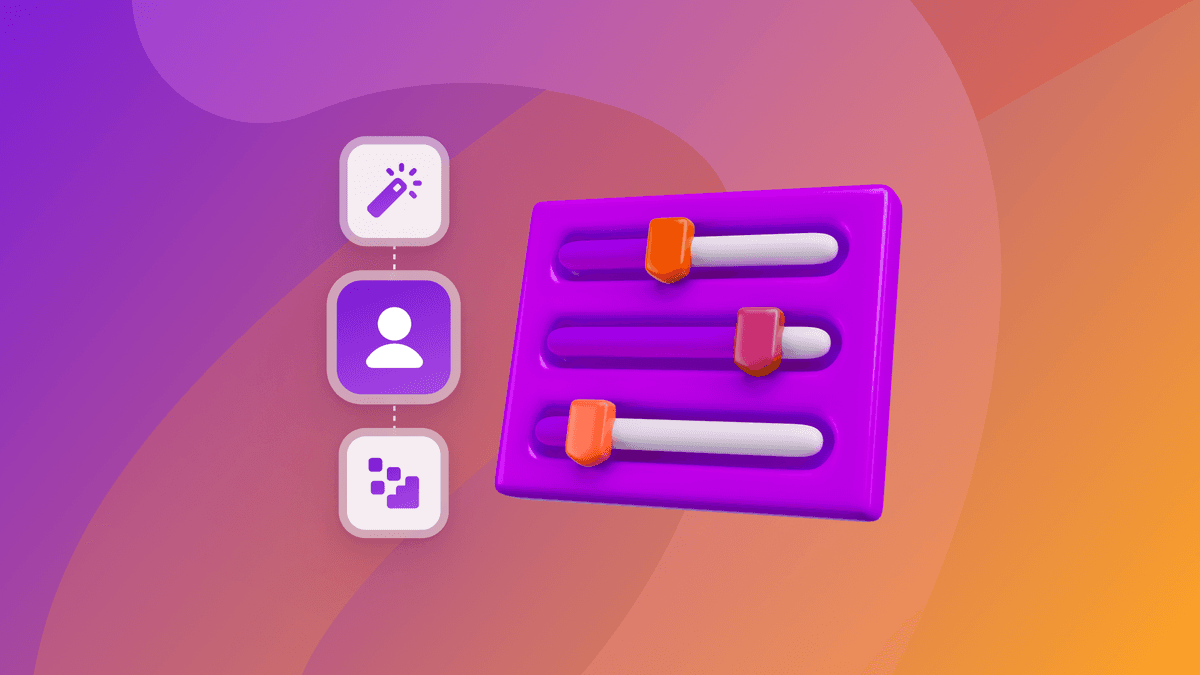What’s a Progressive Web App?
Published on October 05, 2020/Last edited on October 05, 2020/4 min read


Team Braze
Nowadays the word “app” is pretty much synonymous with the idea of a native app—that is, an app you install directly onto your smartphone or mobile device. But as mobile experiences continue to evolve, the boundaries between native apps and web applications are becoming increasingly fluid. Keeping up on the latest developments is vital if your brand wants to keep its customer engagement and messaging game up-to-date.
Progressive Web Apps (PWAs) are a compromise platform that sits somewhere between a native app and a website. The term, coined by Frances Berriman and Alex Russell in a 2015 blog post, encapsulates how the technology allows consumers and brands to perform actions that are typically considered more “app-like” within, and in connection to, a web page. Among other benefits, PWAs can support access to system APIs, send messages, allow users to work offline, and can even be distributed through app stores.
Why Are Progressive Web Apps Important?
Mobile is often the first stage in the customer journey, which means you’re missing out on a large swath of your potential market base if you don’t have a polished mobile experience to offer users.
Websites and native apps offer competing benefits. Mobile sites tend to get more visitors, whereas apps do better when it comes to engagement and conversion rates. Although a web page can be subject to variable loading speeds depending on the device that’s pulling it up, native apps are typically immediately accessible and usually feature some form of offline accessibility.
At the same time, relying on a native app to front your brand often means hefty development costs and an ongoing need to carry out updates, in addition to the simple fact that you need to convince users to download it in the first place. The user friction involved in opening the app store, searching for the app, downloading it, and becoming familiar with its interface is a barrier to engagement intrinsic to the native app experience.
Progressive web apps offer up the best of both worlds. You get the audience reach of a mobile platform coupled with the high engagement typical of a native app. If you’ve been looking to provide your brand with a low-cost, seamless mobile user experience, a progressive web app might be the right fit.
What’s So Special About a PWA?
The unique characteristics that help progressive web apps stand out are many, but here are the leading ones:
- Fast loading times, because there’s no need to download an entire app or wait for updates
- High linkability and seamless sharing
- An intuitive, app-like feel that keeps page refreshes to a minimum
- Discoverability, because they can be found on search engines
- The ability to re-engage users with push notifications and other features
Essentially, PWAs take the most stand-out qualities of web and mobile app technologies and bring them together. Interacting with a PWA is immediate, which can go a long way toward cutting down on user attrition rates caused by the onboarding experience of a traditional app.
PWAs also offer users a middle ground to engage with your brand. Research has shown that users typically spend 80 percent of their time shuffling between three apps. Instead of trying to muscle your way into that triumvirate, your time may be better spent creating an attractive platform away from the competition.
A Few More Thoughts on Progressive Web Apps
One thing you’ll want to keep in mind is that, because of their hybrid nature, progressive web apps can increase the complexity of analytics implementation. It can be challenging to continue tracking user behavior as new pages are loaded. The fact that PWAs often offer the potential for offline browsing raises additional hurdles to effective data collection.
All of which means the right customer engagement platform is key if you want to get the most out of your progressive web app and power the kind of personalized web messaging that fosters user loyalty. Integrating the Braze web SDK will allow you to expertly track individual user engagement and take advantage of the unique audience engagement tools offered by PWAs.
Next Steps
In terms of the future of mobile engagement, progressive web applications are a great reminder that the boundaries between native apps and web pages are probably going to continue getting hazier. Effective brands need to be aware of this to ensure they’re able to produce personalized content tailored to the mobile user experience. To learn how to build better web experiences, check out our Web Messaging Guide.
Related Tags
Be Absolutely Engaging.™
Sign up for regular updates from Braze.
Related Content
View the Blog
How behavioral marketing turns data into personalized experiences

Team Braze

SMS vs. MMS vs. RCS: Choosing the right messaging channel for modern engagement

Team Braze

Enterprise generative AI: Transforming data, decisions, and customer experiences
